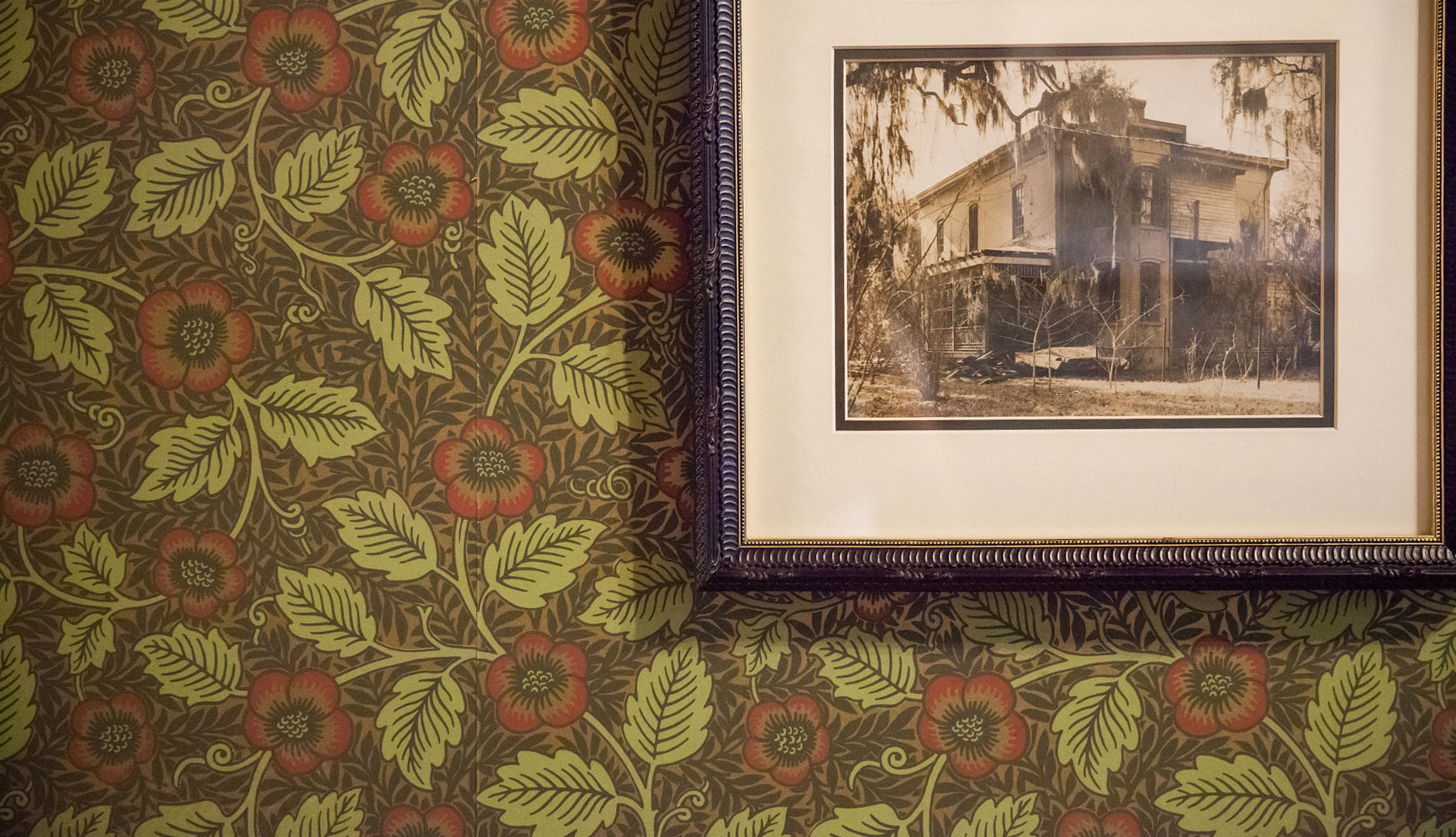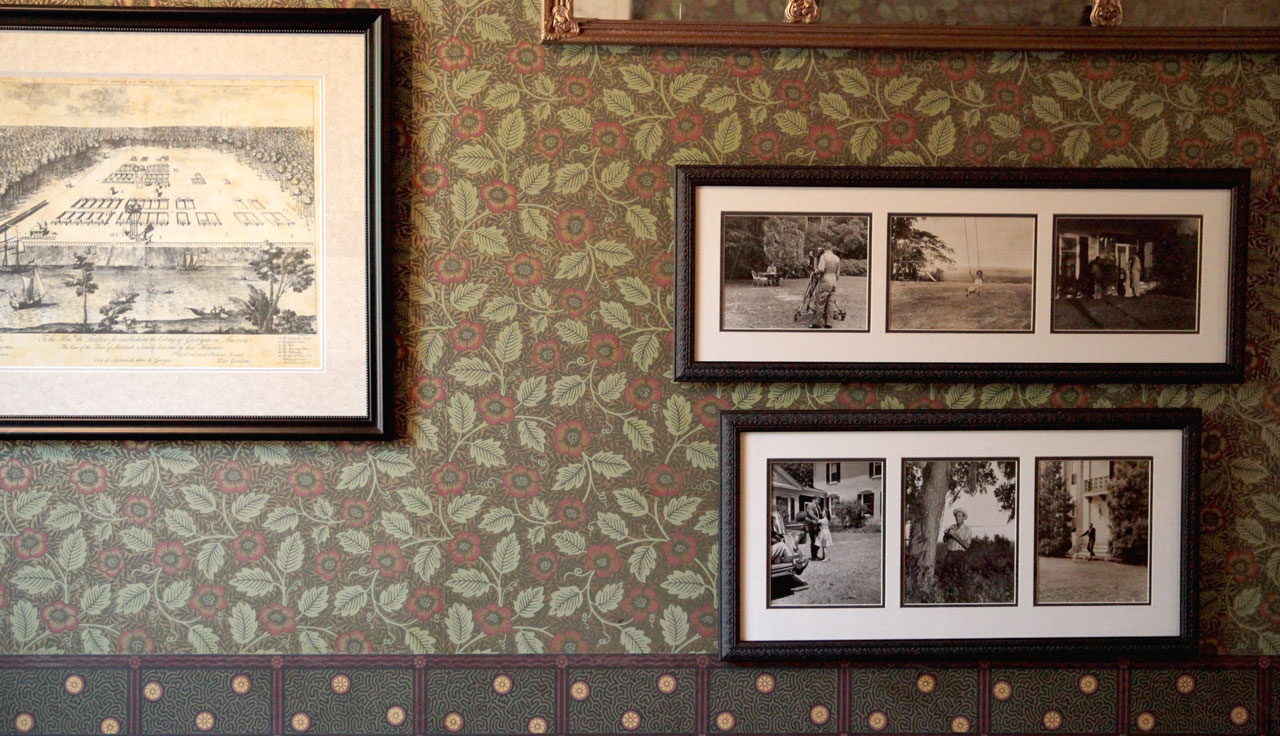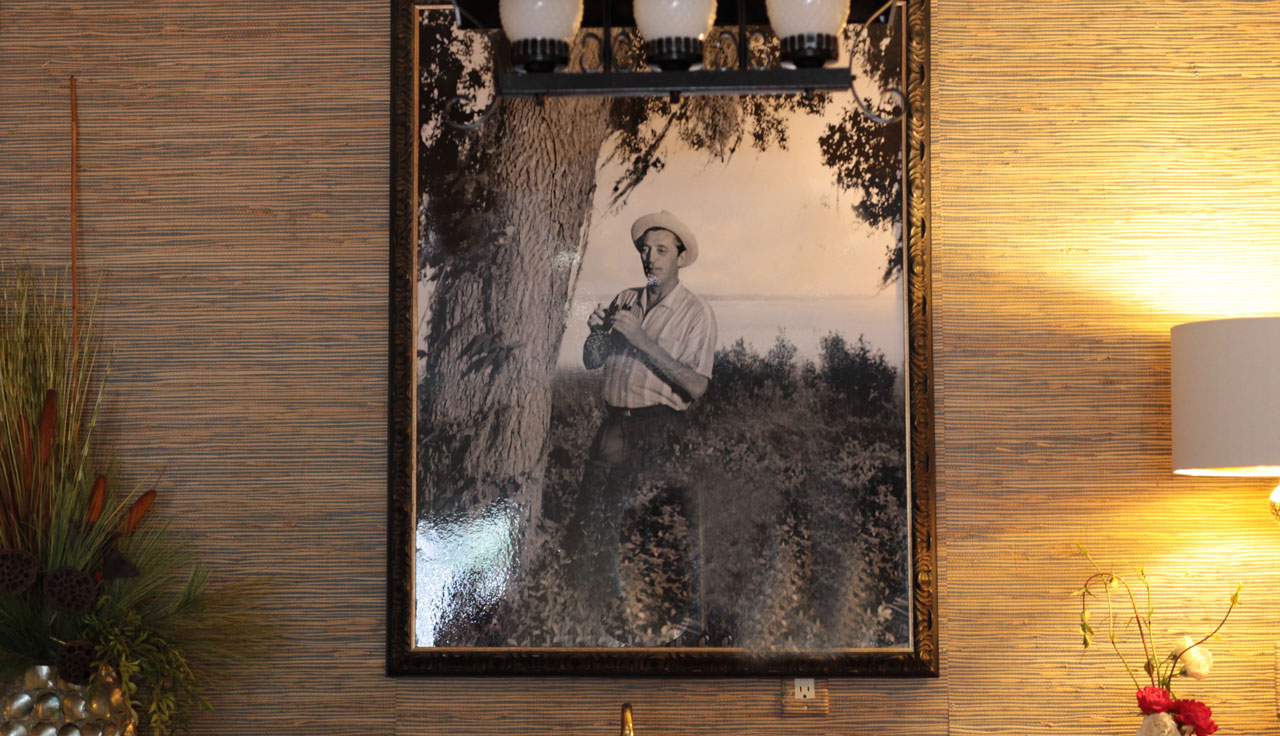Grove Point’s rich history encapsulates the changes in the region from the 18th century onward.
The Royal Land Grant
King George III conveyed the land that became Grove Point to James Edward Powell in 1774. The land in question was two 500 acre tracts situated between the Grove and Ogeechee rivers. The land grant can still be seen on the premises, which has never been divided. Rich in vegetation and wildlife, and ripe for the cultivation of rice, it became part of the string of plantations outside of Savannah that helped create the economy of Georgia. While the antebellum structures were destroyed in the battle of Savannah, and much of the property has been reestablished in modern times, the history of Grove Point still resonates across the property and can be gleaned in photos, archives, and the remaining buildings that serve as the present accommodations.
Pirates & Ghosts
Perhaps the most infamous denizen of Grove Point was the pirate Blackbeard. Some of his treasure is said to be buried on the premises and never recovered. One of his mistresses, Julianna, is said to haunt the property after the pirate left her behind.
Rice & Riches
Rice cultivation came to Georgia’s coast in 1750, and remained until 1900. Massive irrigation systems comprised a collection of ditches, levees, floodgates, drains and more that was expensive and time-consuming to erect. The fields were exposed to a process of flooding and draining, with harvesting happening near Christmas, and next year’s crop production beginning only days later. Slaves hand pounded and winnowed hulls from the rice grain using mortar and pestle. This technique produced “Carolina Gold,” a standard of quality long grain rice. The slaves lived in numerous houses down the main road. Only one has withstood the test of time and can be seen off the road on the left when entering the property.
Conflict & Destruction
The most celebrated owner of Grove Point was Dr. John R. Cheves. In 1830, he built quarters on the property molded after German castles using brick from England sealed with mortar made by lime from shells found in the marsh. Under Cheves, the plantation became the most successful in the region. In December of 1864, Cheves died on the front steps of his home after escaping from Sherman’s troops. Sherman watched Fort McAllister fall from the Cheves Rice Mill, and then burned the plantation to the ground. The central part of Savannah was spared from complete destruction when it was presented to President Lincoln as a Christmas gift, only days after Cheves death. And, though the main home of the plantation turned to ashes overnight, the parterre garden still remains and is named for John Cheves.
Reconstruction & Restoration
In 1882, after years of laying abandoned, Grove Point was acquired by a younger cousin of previous owners, the Habershams. Ralph Elliott built the brick two-story main building in 1886 with its adjoining palm allée planted a year later.
The Mercers & Great Dane
George Mercer acquired the building in 1942. He and his wife Bessie transformed the property, adding additional structures and rooms, and establishing long lasting traditions such as the oyster roast down near the marsh. George’s half-brother Johnny Mercer, hall-of-fame songwriter and founder of Capital Records, visited annually. The property was added to the home-and-garden tour of Savannah to showcase Bessie’s rose garden, which no longer stands. However, the Mercer’s impact on the property is of primary importance today, which includes the azaleas, camellias, and hollies planted on the property, the duck ponds, windmill and Marsh Cottage, the columns and master suite in the Elliott House, and the “playhouse” (now known as the Mercer house).
Grove Point passed from George Mercer to Great Dane in 1956 for company use. Since then it has been used as retreats for special guests and the enjoyment of Great Dane employees for vacation and business retreats. Over the years, the staff has changed but the tradition of entertaining remains the same.
West Coast Travels South East
The unique nature of the property has caught the eye of Hollywood throughout the years. The premises was a key location for the original Cape Fear, a 1962 picture featuring Gregory Peck and Robert Mitchum. In more recent years, Grove Point has served as a backdrop for other movies—such as the 2016 Sundance Award-winning remake of Birth of a Nation directed by and starring Nate Parker.









